As a car enthusiast, you take great pride in your ride. But even the most careful owners can’t prevent the damage to your car that comes with use. That’s where auto paint correction comes in – a must-do process that can restore your car’s original shine and protect it from further damage. In this article, we’ll dive into auto paint correction and why it’s essential for car enthusiasts who want their ride to look as good as new.
What is Paint Correction?
Paint correction is a process of removing or minimizing the imperfections and defects in the surface of a vehicle’s paint, such as swirl marks, scratches, water spots, and oxidation. It is often done as part of a comprehensive detailing process to enhance the appearance of a vehicle and protect its paint for the long term.
The process involves using specialized techniques, tools, and products to carefully remove a thin layer of clear coat or paint, leveling the surface and restoring the shine and clarity of the finish. A professional detailer or car enthusiast can correct paint with experience and expertise.
Why Auto Paint Correction is Essential for Car Enthusiasts?
There are several reasons why auto paint correction is a must-do for car enthusiasts:
1.) Enhances the appearance of the vehicle

The primary benefit of paint correction is enhancing the vehicle’s appearance. Removing imperfections from the paintwork makes the surface smoother and more reflective, making the color appear deeper and more vibrant.
This makes the car look newer and more luxurious, and it can be a source of pride for car enthusiasts who want their vehicles to look their best.
2.) Protects the paintwork

Another benefit of paint correction is that it can help to protect the paintwork. This prevents further damage to the paint, such as from environmental factors like UV rays and acid rain. Removing imperfections that trap dirt and contaminants makes the surface smoother and easier to clean.
Additionally, some paint correction products, such as ceramic coatings, provide a long-lasting layer of protection that keeps the paint looking new for years to come.
3.) Increases the resale value of the vehicle
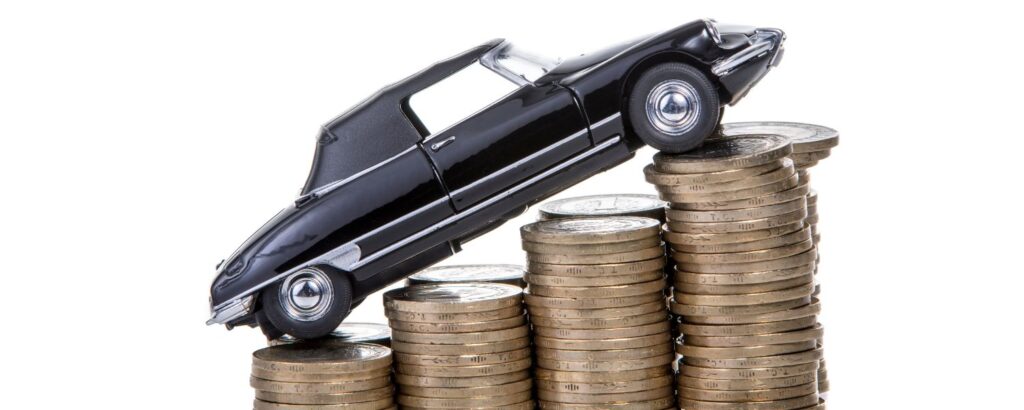
A flawless paint job can command a higher resale value than a vehicle with paint imperfections. Car enthusiasts maintain their vehicles’ value over time by investing in paint correction and detailing.
This can be especially important for car collectors who plan to sell their vehicles in the future, as even small imperfections can significantly lower the resale value.
4.) Improves the driving experience

Finally, paint correction improves the driving experience by making the car look and feel more luxurious. The flawless paintwork creates a sense of pride and joy in the driver, making the car feel like a true extension of itself.
Additionally, a clean and shiny car makes the driving experience more enjoyable, improving visibility and reducing eye strain.
How Does Paint Correction Work?
Paint correction works by removing a thin layer of clear coat or paint from the surface of a vehicle’s paintwork using specialized tools and products. The process involves several steps, including:
1.) Inspection

The first step in paint correction is to inspect the surface of the paintwork for imperfections, such as scratches, swirl marks, water spots, and other defects.
2.) Cleaning
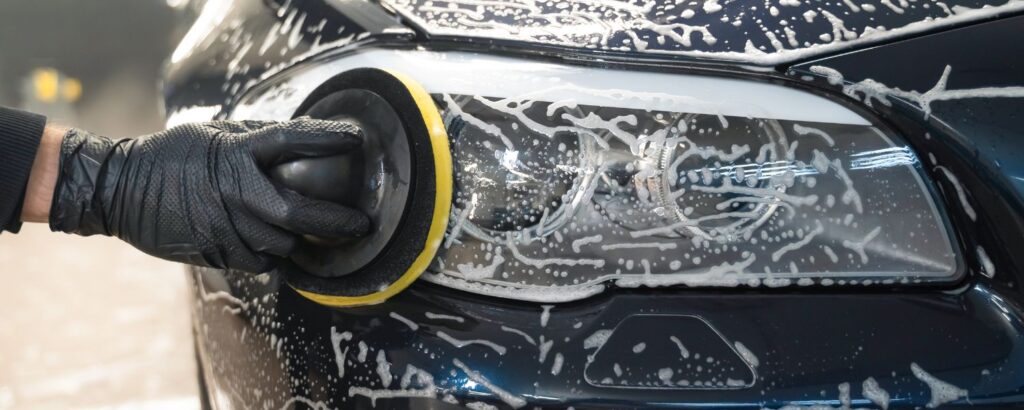
Before the correction process can begin, the surface of the paintwork must be thoroughly cleaned to remove any dirt, grime, or other contaminants.
3.) Compounding
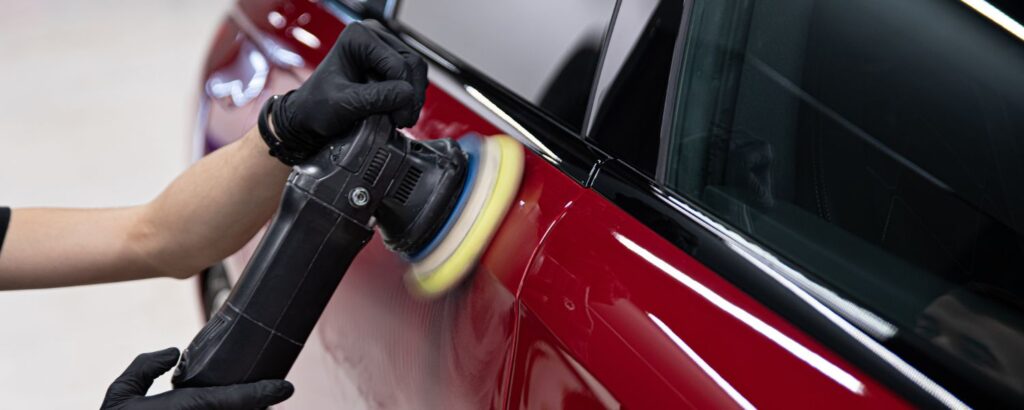
The next step is to use a machine polisher and a specialized compound to remove the imperfections in the paint. This involves rubbing the compound onto the surface of the paintwork with a polishing pad, which gently removes a thin layer of the clear coat or paint.
4.) Polishing

After the compounding stage, a finer polish is used to refine the paint’s surface further and remove any remaining imperfections. This step helps to restore the shine and clarity of the paintwork.
5.) Finishing

The final step in paint correction is to apply a paint protective coating, such as wax or sealant, to the surface of the paintwork. This helps to protect the paint and maintain its shine and clarity.
When Does a Car Need It?
A car typically needs a paint corrector when the surface of the paintwork becomes marred with swirl marks, water spots, and other imperfections.
These imperfections can accumulate over time due to various factors, such as improper washing techniques, exposure to harsh weather conditions, and contact with debris on the road.
Here are some common signs that a car may need car paint correction:
1.) Swirl marks

These are circular or spiral scratches in the paint, often caused by using a dirty or abrasive cloth to wash the car. They can be especially visible under bright sunlight or artificial lighting.
2.) Scratches
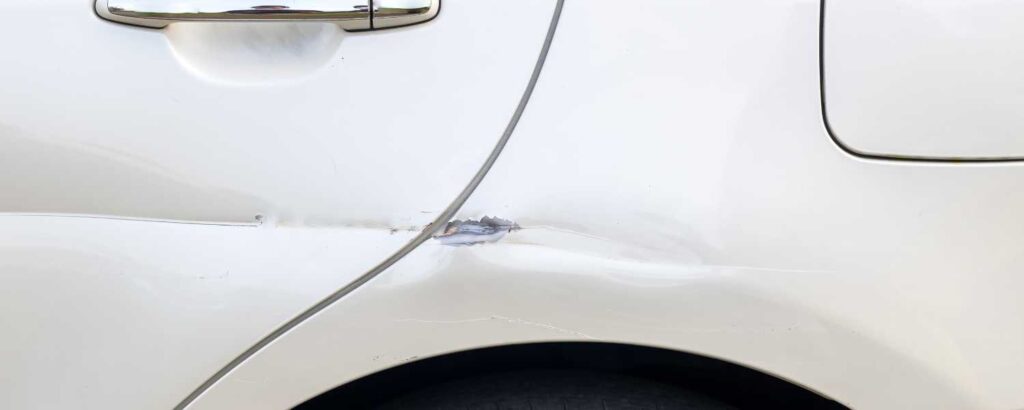
These are lines or grooves in the paint caused by various factors, such as rubbing against a rough surface, contact with debris on the road, or improper washing techniques.
3.) Water spots

These are mineral deposits left behind when water evaporates from the paint’s surface. They can be difficult to remove and cause the paint to look dull or hazy.
4.) Fading
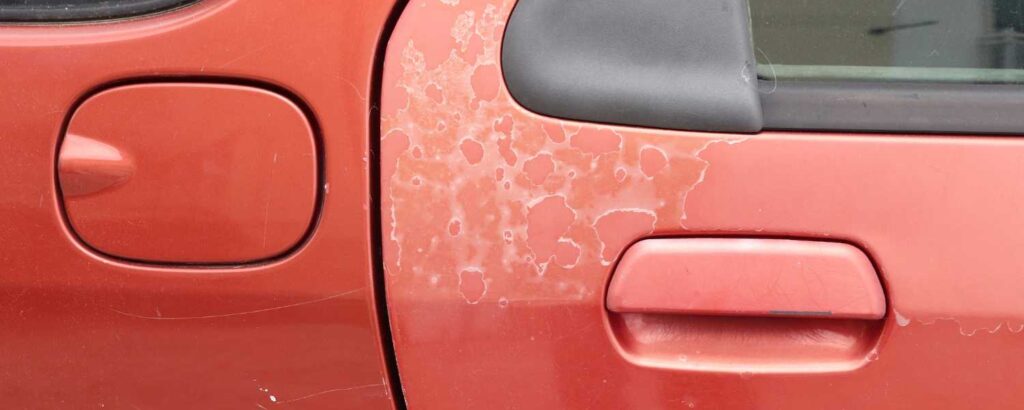
Over time, exposure to sunlight that has the effect of UV rays and other environmental factors causes the paint to lose its shine and vibrancy, making the car look older and less attractive.
How Much Time Does This Take?
The paint correction job depends on the damage’s extent and the car’s size. A small car with minor imperfections may only take a few hours to correct, while a larger car with more severe damage may take several days to complete.
Generally, a typical paint correction job can take 4 to 12 hours to complete, depending on the severity of the imperfections and the level of correction required. This includes time for cleaning and preparing the paint’s surface, correcting the imperfections, and applying protective coatings to prevent future damage.
It involves using specialized tools, compounds, and polishes to remove imperfections from the paint’s surface without causing additional damage. This process can be time-consuming, but it’s essential for achieving a flawless, high-gloss finish. While rushing the paint correction process may be tempting, taking the time necessary to do it properly is important.
Rushing can lead to mistakes or oversights, damaging the paintwork or a less-than-perfect finish. A skilled professional detailer or auto body shop will take the time necessary to complete the job to the highest standards of quality and precision.
Conclusion
Auto-paint correction is essential for car enthusiasts who want to maintain the appearance of their vehicles. Not only does it eliminate unsightly scratches and swirl marks, but it also restores the original color and shine of the paint, giving the car a brand-new look. With advanced technology and the availability of professional auto detailing services, paint correction has become an accessible option for car owners.
Whether you’re planning to sell your car or want to enjoy it to the fullest, investing in paint correction is a must-do for any car enthusiast. So, take the first step towards restoring your car’s beauty and schedule a paint correction session today!

